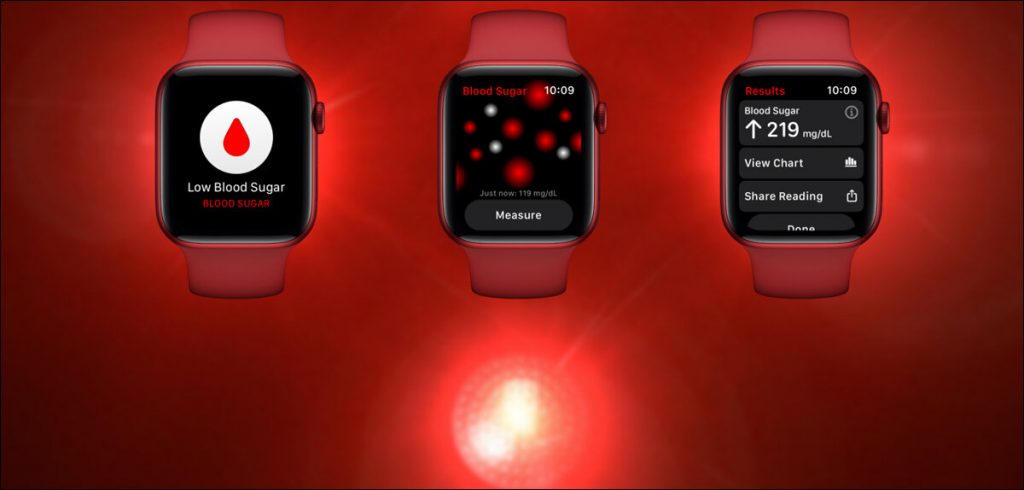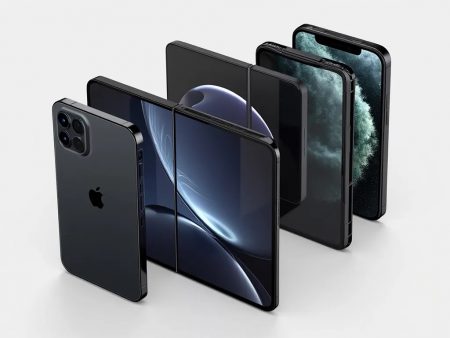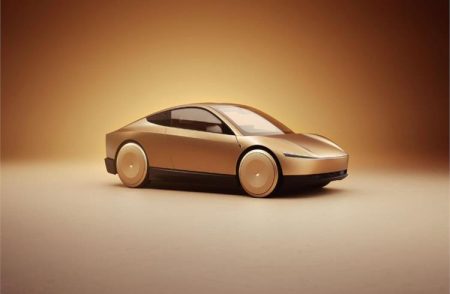Until the non-invasive option is fully available, it is better to ensure that we live a life with balanced nutrition, physical activity and enough rest to avoid diabetes.
The minute one hears about glucose or insulin resistance or diabetes, apart from the medication, it is a constant worry about the pricking and prodding to keep the count in check! It is more difficult for little children and the elderly who may have clotting issues. The invasiveness has drastically reduced over a period of time with more wearable technologies, however, it still remains quite difficult to manage.
India has an estimated 77 million people (1 in 11 Indians) formally diagnosed with diabetes, which makes it the second most affected in the world, after China. Furthermore, 700,000 Indians died of diabetes, hyperglycemia, kidney disease or other complications of diabetes in 2020. One in six people (17%) in the world with diabetes is from India. (India’s population as calculated in October 2018 was about 17.5% of the global total.)
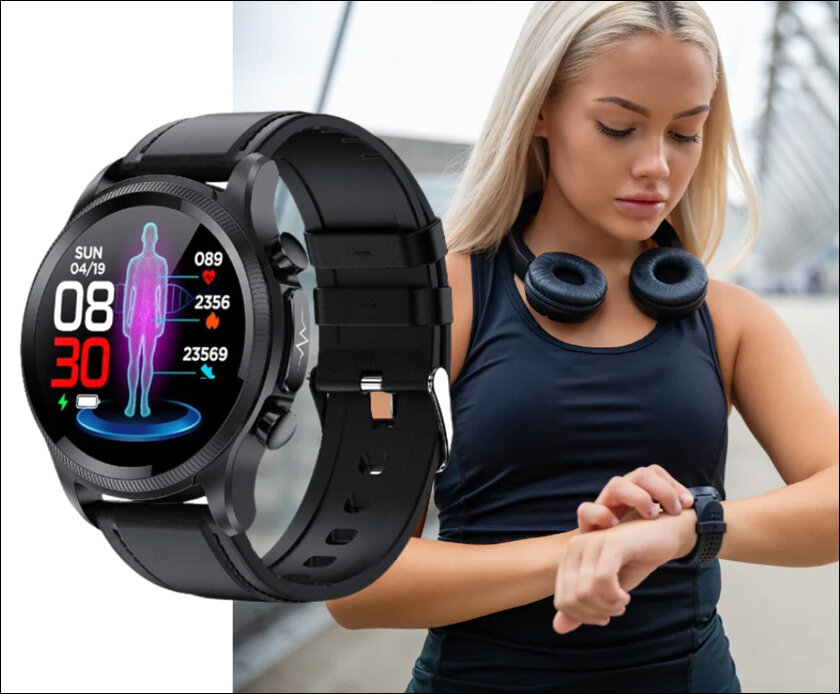
The number is projected to grow by 2045 to become 134 million per the International Diabetes Federation. – source WIKI.
According to WHO, the number of people with diabetes rose from 108 million in 1980 to 422 million in 2014. Prevalence has been rising more rapidly in low- and middle-income countries than in high-income countries. Between 2000 and 2019, there was a 3% increase in diabetes mortality rates by age. In 2019, diabetes and kidney disease due to diabetes caused an estimated 2 million deaths.
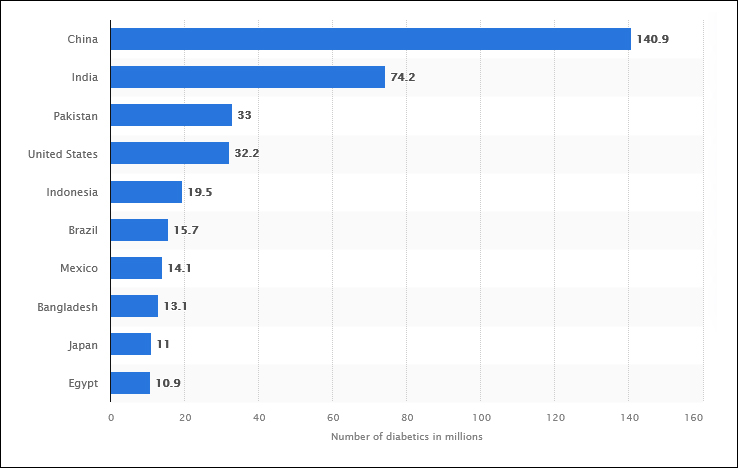
Fortunately, there is a possibility in sight. At the ATTD 2023 annual conference, researchers shared updates on two potential technologies for non-invasive monitoring – analysing a person’s breath and measuring glucose levels using light with a technique called Raman spectroscopy.
At the big Consumer Electronics Show (CES) in early January 2022, an artificial intelligence company based in British Columbia named Scanbo gave a glimpse of its technology that would use a 60-second noninvasive finger measurement instead of a traditional blood drop required to measure glucose. The company has developed a prototype that combines a 3-lead ECG Trusted Source measurement and a Photoplethysmogram (PPG) Trusted Source used to detect blood volume. You just put your fingers on the flat white sensors and the system uses a set of algorithms to analyse and offer insight on glucose values.
However, there is another big entrant in the market!
Apple and its new entry:
Apple may have cracked the bottleneck on noninvasive blood glucose monitoring technology, based on a new report from Bloomberg‘s Mark Gurman. The wearable apple watch will utilise a silicon photonics chip that uses optical absorption spectroscopy to shine light from a laser under the skin to determine the concentration of glucose in the body. This will enable users to test their blood glucose levels without needing to prick the skin for blood testing. The Proof of Concept is not yet in a wearable state but nonetheless is a bright possibility.
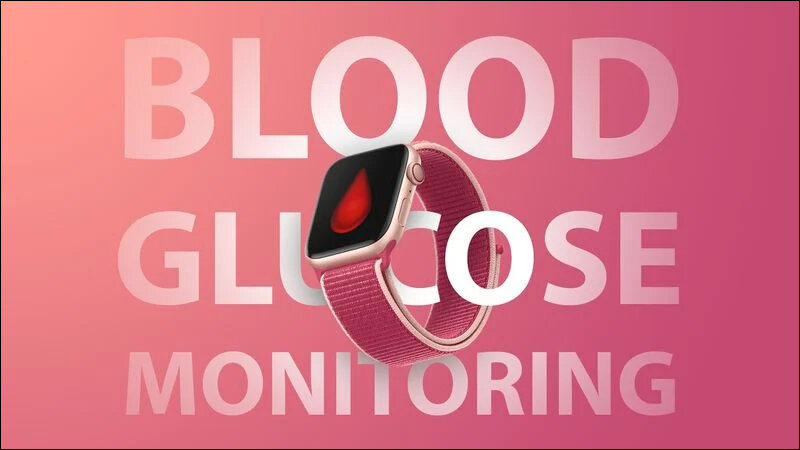
‘At the current time, the prototype device is sized similarly to an iPhone and can be attached to a person’s arm. That is smaller than a prior version that was big enough that it required a tabletop. TSMC developed the main chip to power the prototype, but Apple previously worked with Rockley Photonics to create sensors and chips for glucose monitoring. Rockley Photonics in 2021 unveiled a digital sensor system that it said could monitor body temperature, blood pressure, glucose trends, hydration, alcohol, lactate, and more. Rockley Photonics made it clear that Apple was its biggest customer in regulatory filings, but Apple ultimately ended the relationship.’ –
Apple has hundreds of engineers in its Exploratory Design Group (XDG) working on the project, but the technology is still years off. According to Bloomberg, the XDG is akin to Google’s X research and development project, and it is Apple’s most secretive undertaking. Apple has spent hundreds of millions of dollars developing noninvasive glucose monitoring.
Apple is said to have initially started work on alternative glucose monitoring after purchasing RareLight in 2010 under the instruction of Steve Jobs. For many years, Apple used a startup called Avolante Health LLC to work quietly on the project in a secret facility before it was transitioned to the XDG.
Sounds like high sci-fi progress at this stage.
Other notable companies
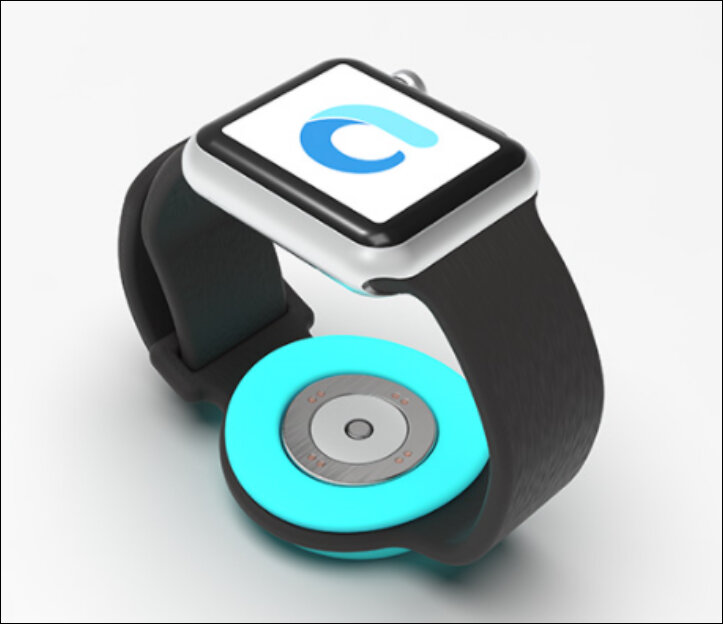
Out of Wales, a startup called Afon Technology is developing a sensor that would fit inside a smartwatch band to monitor glucose levels. Per the company’s website, it will provide real-time data and alert PWDs to high and low sugars, as well as track other health data. The company is working on clinical trials outside the United States, with plans for a launch starting in mid-2022.
Afon shares feedback from Dr. Hans de Vries, medical director at diabetes research organisation Profil in Germany and a principal investigator at the University of Amsterdam’s Faculty of Medicine, says: “We evaluated the Afon device under both hyper- and hypoglycemic conditions during the clinical trials and we were surprised and excited by the possibilities of this technology.”
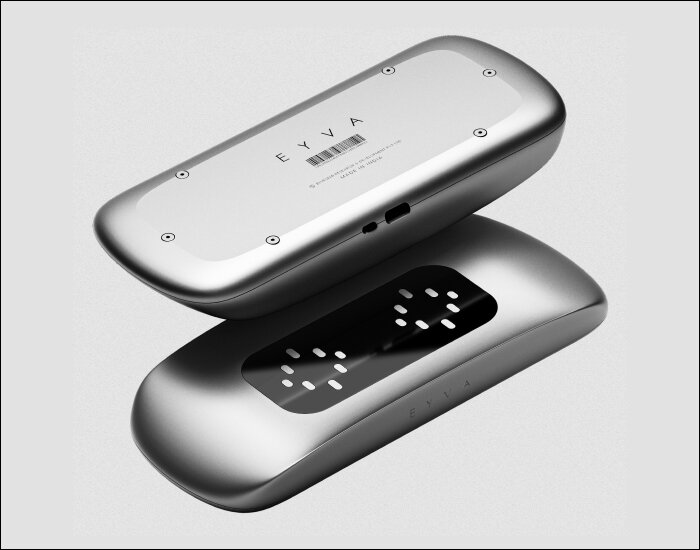
The Hyderabad-based health-tech company, BlueSemi, has launched EYVA, a non-invasive blood glucose gadget.
You can read about all the future tech investments here:
The future:
The under-skin glucose detection technology has been undergoing human trials for the past 10 years, with Apple using a test group of people who have prediabetes and type 2 diabetes, as well as those who have not been diagnosed as diabetic. Many companies would like to be able to warn people if they’re prediabetic, enabling lifestyle changes before full-blown diabetes is developed.
Until the non-invasive option is fully available, it is better to ensure that we live a life with balanced nutrition, physical activity and enough rest to avoid type 1 or type 2 diabetes with limited use of technology.
In case you missed:
- None Found



